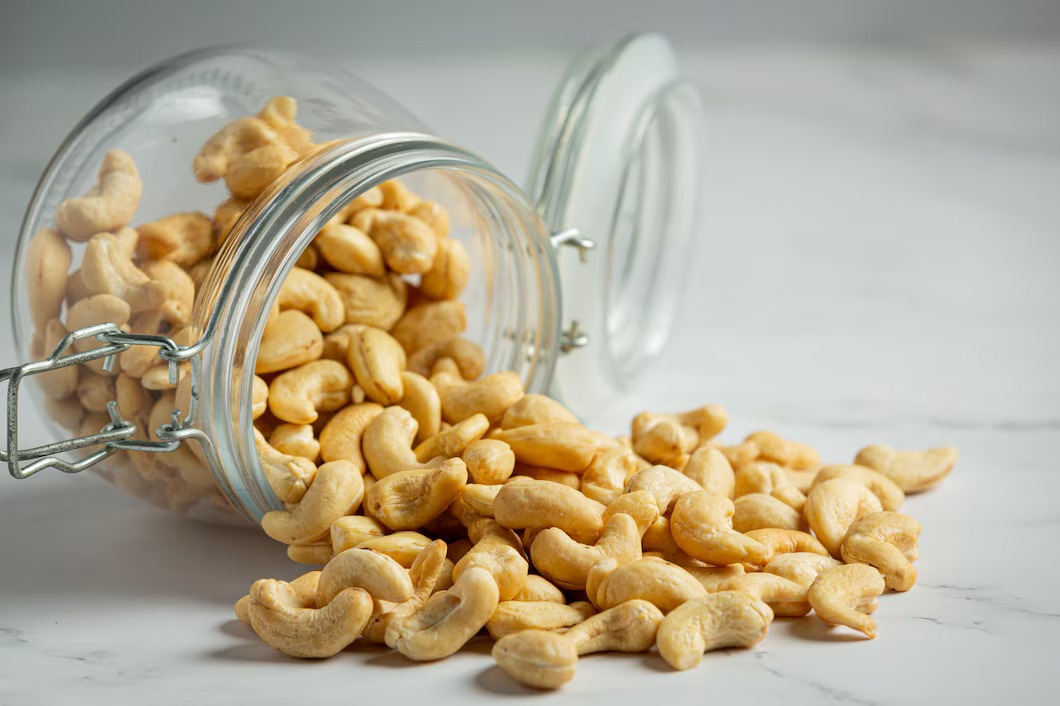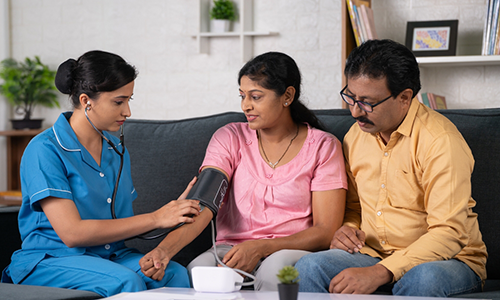A lipid panel which is also known as a lipid profile test or cholesterol test, is a blood test performed to find out the amount of cholesterol and triglycerides in your blood.
A lipid profile test is used to help determine the risk of fat deposits in your arteries which resulted into blocking and narrowing arteries in your whole body. A lipid profile test is very important test as high cholesterol levels can result in coronary artery disease.
High cholesterol levels usually have no such symptoms. A complete lipid profile test helps your health care provider to determine the high level of cholesterol or not, as we know cholesterol means a high risk of heart attack, various kinds of heart diseases, or diseases related to blood vessels.
Lipid profile:
A lipid profile is a blood test that determines the amount of fat molecules named lipid in your blood, the profile measures your triglycerides and also includes four different cholesterols. A high cholesterol level means the buildup of fat molecules called lipids in your blood vessels and arteries, which can damage your heart and increase the risk of heart attack and heart-related problems. To tackle this problem, your healthcare provider performs these tests for both children and adults to evaluate the risk of diseases like heart disease, heart attack, and stroke.
Lipid profile tests is also commonly known as following:
- Cholesterol panel
- Lipid test
- Lipid panel
- Coronary risk panel
- Fasting lipid panel or non-fasting lipid panel
Types of test in lipid profile:
A lipid profile determines the five kinds of lipids from a sample including:
- Total cholesterol: During this test it measures your overall cholesterol level - it is the combination of LDL-C, VLDL-C, and HDL-C.
- Low-density lipoprotein (LDL) cholesterol: This cholesterol is also known as ‘bad cholesterol’.it can collect in your arteries or blood vessel and significantly increases the risk of cardiovascular disease.
- Very low-density lipoprotein (VLDL) cholesterol: VLDL cholesterol is generally present in very low amounts in your blood when a blood sample is collected while fasting since it mostly comes from the food we have taken. An increase of this kind of cholesterol in a sample that is collected while fasting is a sign of abnormal lipid metabolism.
- High- density lipoprotein (HDL) cholesterol: This type of cholesterol is called ‘good cholesterol’ as it helps decrease the collection and build up LDL cholesterol in your arteries and blood vessels.
- Triglycerides: This type of fat comes from the food we eat. High level of triglycerides in your blood increase the risk of cardiovascular disease and inflammation of pancreas.
Uses of a lipid profile:
A lipid profile is used to determine someone’s cardiovascular health by analyzing cholesterol in their blood and diagnosing other health diseases.
The lipid profile is used for the following:
- As a routine or precautionary test to measure your cholesterol level whether it is normal or high- risk categories.
- To monitor the cholesterol level of a patient who is suffering from some kind of heart disease or if the patient had abnormal cholesterol levels in previous tests.
- To monitor the effect of some kind of lifestyle changes treatment on your cholesterol level and how your body responds to it.
- To diagnose other diseases like liver diseases.
Need for lipid profile test:
- Had a high cholesterol level in your previous test result.
- Smoking cigarettes
- Being overweight (obesity)
- Not getting enough physical workout
- High blood pressure
- Diabetes or prediabetes
- Family history of high cholesterol
Preparation and result-related frequently asked questions;
When can I expect my lipid profile test?
Generally, within 1 or 2 working days the modern diagnostic lab of Jaipur or Kolkata will hand over your test result to you.
What are the risks of lipid profile blood tests?
It is similar as any other blood, the phlebotomist will inject you and collect the blood sample, then send it forward to lab for testing. therefore, it does not have any such risk involve in this test.
Do I have to fast for the lipid profile test?
In most case a fast of 10 to 12 hours is required, fasting means not eating or drinking anything other than the water, but in some case fasting is not required.
Normal range of lipid profile test
- Total cholesterol- below 200 mg/dL
- High-density lipoprotein (HDL) cholesterol- above60 mg/dL
- Low-density lipoprotein(LDL) cholesterol- below 100 mg/dL
- Triglycerides- below 150 mg/dL
Takeaways:
Seeing an abnormal lipid profile result can stressful, but it necessarily does not mean to you need a treatment right way. High cholesterol and triglyceride is one of causes for the cardiovascular diseases and there is other factor involve as well. modern diagnostic lab Jaipur and modern diagnostic lab Kolkata suggests you get routine checkup as it offer these test at affordable price and accurate result and wishes your health and happy life.

















